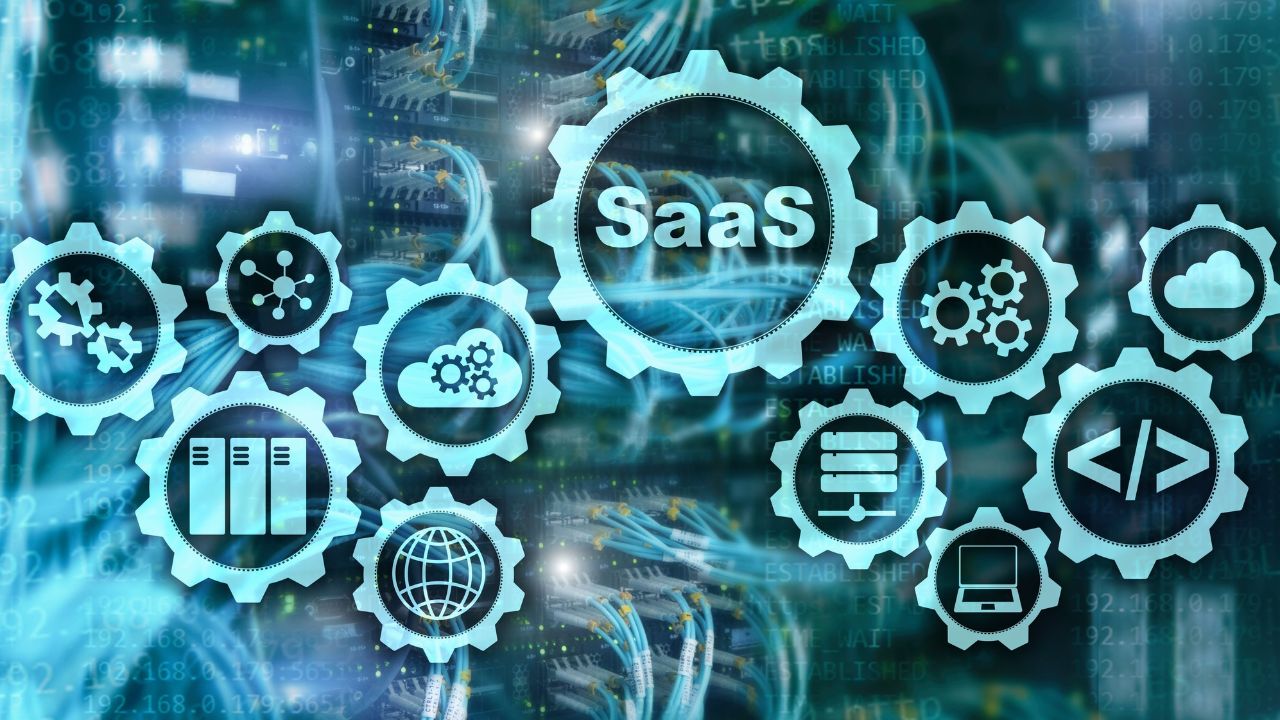
Streamlining SaaS Identity Governance: 5 Effective Strategies
In today’s digital landscape, Software as a Service (SaaS) solutions have become integral to business operations, offering flexibility and scalability.
However, managing identities across multiple SaaS platforms can be complex and challenging. To streamline SaaS identity governance, businesses must adopt efficient strategies.
Here are five effective ways to simplify SaaS identity governance:
- Centralized Identity Management: Implementing a centralized identity management system is crucial for simplifying SaaS identity administration. By centralizing user authentication and authorization processes, businesses can efficiently manage access across all SaaS applications. Single Sign-On (SSO) solutions, such as Okta or Microsoft Azure Active Directory, allow users to access multiple SaaS platforms with a single set of credentials, enhancing security and user experience.
- Role-Based Access Control (RBAC): Utilizing RBAC principles helps organizations enforce least privilege access and streamline SaaS identity governance. By defining roles and assigning permissions based on job responsibilities, businesses can ensure that users only have access to the resources necessary for their roles. RBAC minimizes the risk of unauthorized access and simplifies the management of user identities across various SaaS applications.
- Automated Provisioning and Deprovisioning: Automation plays a crucial role in simplifying SaaS identity governance processes. Implementing automated provisioning and deprovisioning workflows ensures that user access is granted or revoked promptly based on changes in roles or employment status. This not only enhances security by reducing the risk of orphaned accounts but also minimizes administrative overhead, enabling IT teams to focus on strategic tasks.
- Regular Access Reviews: Conducting regular access reviews is essential for maintaining the integrity of SaaS identity administration. By periodically reviewing user access rights and privileges, businesses can identify and remediate excessive permissions or dormant accounts. Access reviews help ensure compliance with regulatory requirements and security best practices while streamlining the overall identity management process.
- Integration with Identity Governance Solutions: Investing in identity governance solutions that integrate seamlessly with SaaS applications can significantly simplify identity management processes. These solutions offer advanced capabilities such as identity lifecycle management, policy enforcement, and risk analytics. By centralizing identity governance activities within a comprehensive platform, businesses can streamline operations and improve overall security posture.

In conclusion, simplifying SaaS identity management requires a strategic approach encompassing centralized management, role-based access control, automation, regular reviews, and integration with identity governance solutions. By adopting these strategies, businesses can effectively manage identities across diverse SaaS platforms while enhancing security, compliance, and operational efficiency.
